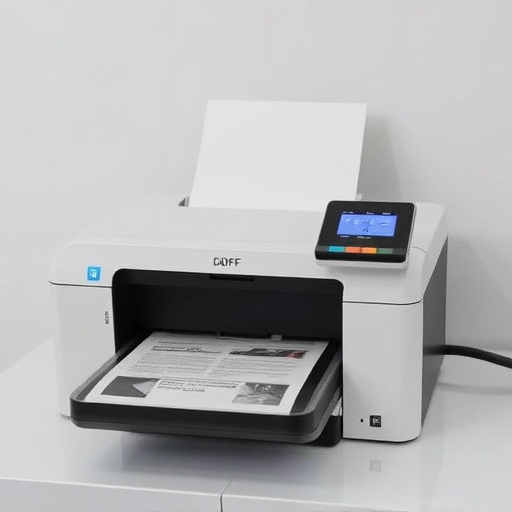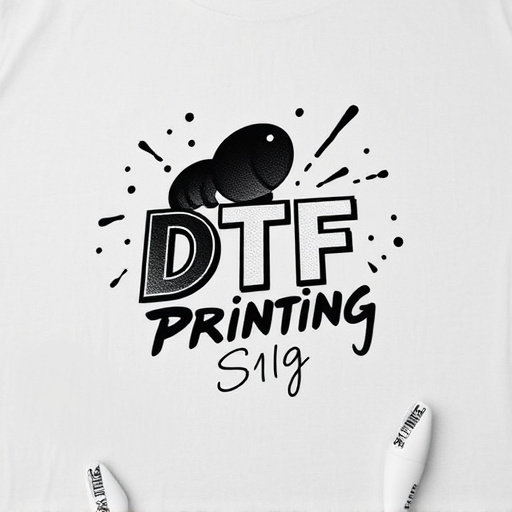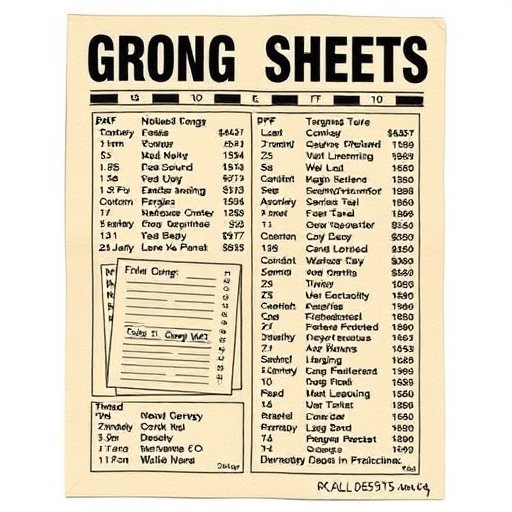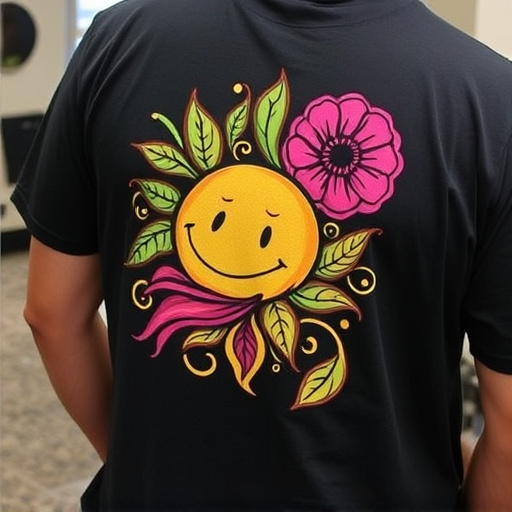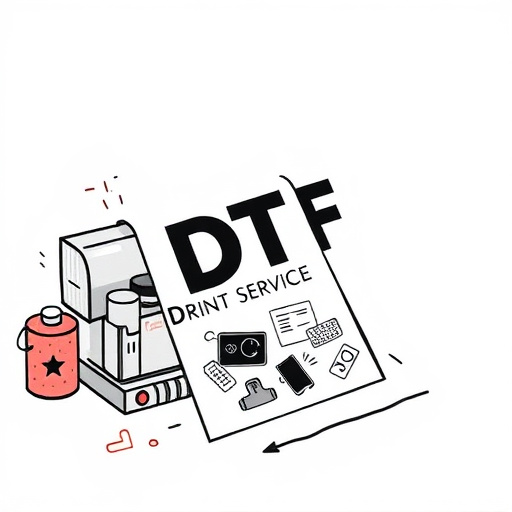DTF inks' high performance relies on a balanced mix of pigments, resins, solvents, and additives for superior print quality on fabrics like cotton and polyester. Manufacturers tailor these inks for specific needs, optimizing viscosity, pigment loading, and solvent composition to achieve vibrant colors, enhanced adhesion, and faster drying times in both small-scale and mass production settings.
“Discover the fascinating world of High-Performance DTF Inks, a game-changer in the printing industry. This article unveils the science behind these advanced inks, offering insights into their unique formulation and key ingredients. From performance optimization techniques to understanding their roles, we demystify DTF Inks, providing a comprehensive guide for professionals. Unlocking the potential of these inks promises enhanced results, ensuring a vibrant and durable print experience. Dive into this exploration of DTF Ink technology for an in-depth understanding.”
- Unlocking the Secrets of DTF Ink Formulation
- Understanding Key Ingredients and Their Roles
- Performance Optimization Techniques for DTF Inks
Unlocking the Secrets of DTF Ink Formulation
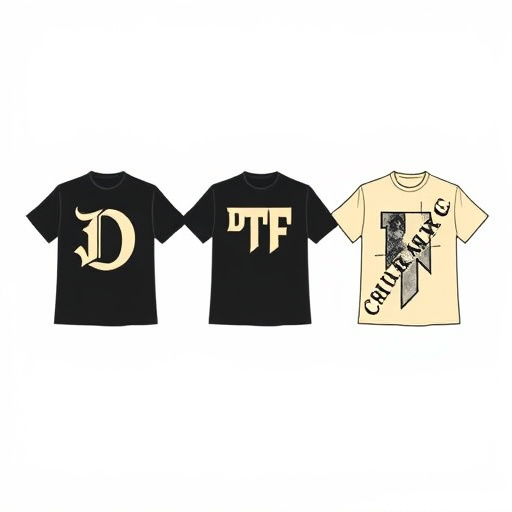
The formulation of high-performance DTF (Direct to Fabric) inks is a tightly guarded secret within the printing industry. This complex process involves a meticulous balance of pigments, resins, and solvents tailored to specific fabrics and design requirements. Each component plays a crucial role in ensuring top-quality prints on DTF for t-shirts or other textile products like logos DFT for clothing brands.
Scientists and printers alike constantly strive to enhance ink formulations, focusing on vibrant colors, superior adhesion, and fast drying times. By understanding the interplay of these elements, manufacturers can create inks that not only meet but exceed industry standards, revolutionizing the way DTF is applied to various materials, from cotton to polyesters.
Understanding Key Ingredients and Their Roles
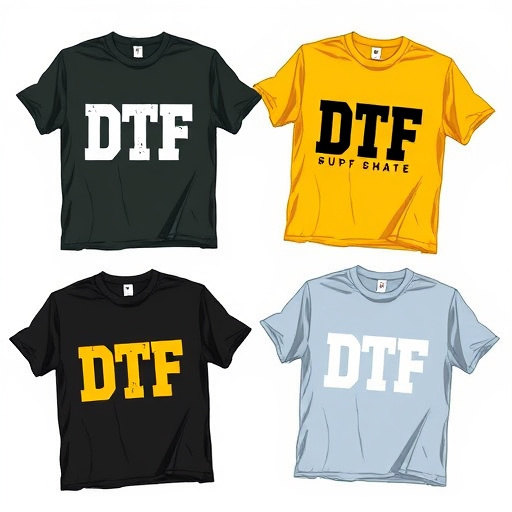
The heart of high-performance DTF (Direct to Fabric) inks lies in their intricate composition, where each ingredient plays a pivotal role in defining the ink’s characteristics and performance during printing and curing. These key components include pigments, resins, solvents, and various additives, each contributing to the final outcome—a vibrant, durable print on fabric.
For instance, high-quality pigments offer rich color reproduction, ensuring that the inks deliver intense and precise colors on various fabric types. Resins, when cured by heat or light, bind the pigment particles together, forming a robust film that withstands washing and wear. Solvents facilitate ink flow during application, ensuring smooth printing without clogging nozzles, especially in bulk DTF shirt production processes. Additives like surfactants and stabilizers further enhance ink performance, promoting better wetting on different fabric surfaces and preventing premature curing or settling. This understanding of ingredient functions is crucial in selecting the right DTF for specific printing needs, whether for small-scale projects or mass production, ensuring optimal results in DTF printing.
Performance Optimization Techniques for DTF Inks

The performance optimization of DTF (Direct to Fabric) inks is a key area of focus in the industry, as it directly impacts the quality and efficiency of printing processes. Techniques such as precision ink formulation and careful selection of print parameters play a pivotal role in achieving superior results. By understanding the interactions between ink components and fabric surfaces, manufacturers can fine-tune their DTF inks for specific applications. This involves optimizing viscosity, pigment loading, and solvent composition to ensure even distribution and adherence on various fabrics, including darker tones that pose unique challenges due to their lower absorbency.
For high-volume DTF shirt production, these optimizations are crucial. Using the right ink for the job, whether for DTF printing for dark fabrics or lighter colors, ensures vibrant prints with consistent detail. The best DTF printers today incorporate advanced technologies and precise controls to enable these optimizations, allowing users to achieve professional-grade results in both small-scale and bulk production environments.
DTF inks have evolved significantly, driven by advancements in science and technology. By understanding the intricate formulation, key ingredient interactions, and optimizing performance techniques, we unlock the full potential of these inks. This not only enhances print quality but also opens up new possibilities for creative expression in various industries. As research progresses, the future of DTF inks looks promising, offering faster, more vibrant, and environmentally friendly printing solutions.






